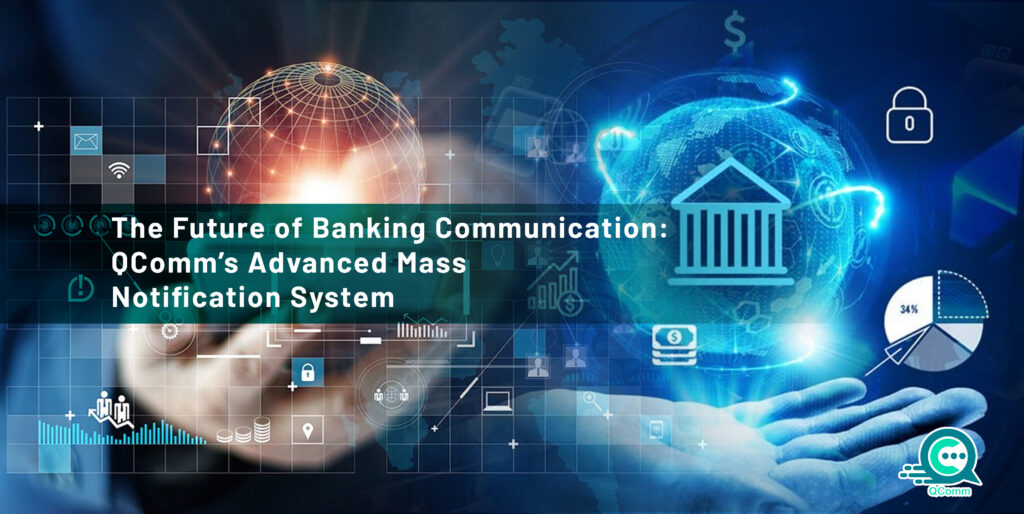
The banking and finance industry has witnessed a huge rise in regulations across the globe in recent years. Consequently, this becomes a prime reason why every single member of these institutions should understand the requirements and their role to ensure that their organization is compliant with all the prevailing rules and regulations. Thus, this necessitates that one have good compliance communication procedures, which is one of the most essential types of financial communications. This article, therefore, focuses on what we refer to as compliance according to banks and highlights why policies and procedures are required for banking compliance and how to ensure the same.
WHAT DOES COMPLIANCE MEAN TO BANKS?
Compliance for banks incorporates a good understanding of the regulatory requirements, encompassing operational processes and procedures within the jurisdiction the bank conducts its operations. The bank may face several regulatory issues, especially if it operates across various jurisdictions.
The bank and financial institutions must ensure that protocols are established to ensure compliance with the regulatory requirements, both internally and externally. These protocols are vital for preventing, detecting, and investigating any concerns within the organization that could lead to non-compliance.
A bank compliance program can only be effective if it ensures that the employees are aware of the regulatory requirements and are held accountable. If there is any compliance risk, the institution should implement appropriate mitigation strategies in place of it. The organization should also allocate good staff and other resources needed to carry out compliance execution.
Banks can be exposed to various adverse consequences from regulators if they fail to have an effective compliance strategy in place. To deal with such consequences, the organization may have to pay fines and penalties, attend civil and criminal court proceedings, get exposed to reputational damage, and face continued regulatory scrutiny.
HOW IMPORTANT ARE POLICIES AND PROCEDURES FOR BANKING COMPLIANCE?
The majority of bank employees are not experts in understanding all the different regulations that the bank must adhere to. They might not even be aware of the regulatory changes in the institution’s environment that may have an impact on the bank’s internal policy.
Thus, it is important to develop appropriate bank policies and procedures to ensure that one can communicate complex laws and regulations to the bank employees in a very simplistic way so that it is easy for them to understand.
Compliance policies and procedures serve as indispensable tools as they ensure that employees have a clear and consistent view of the rules and regulations. These documents play a major role in helping the employees identify what actions could lead to violations of laws and also know about breaches of internal policies.
Furthermore, these policies and procedures provide compliance guidance to the staff and motivate them by providing a structured framework that helps them do the right thing.
These policies and procedures also provide a protective shield for the organization. They enable the bank to prove that all appropriate measures were demonstrated to avoid non-compliance. In cases of wrongdoing by the employees, either deliberately or in a negligible way, the bank can show that it was not due to negligence on the part of the institution.
HOW TO ENSURE BANKING COMPLIANCE?
Apart from having compliance policies and procedures, the bank can undertake some of these additional steps to ensure that their institution is compliant:
- HR and internal communications: Appointing a manager who is ideally supported by a team with oversight of compliance will ensure that the organization has accountability and is on par with diverse requirements and deadlines. HR/managers must introduce internal communication tools for employees. HR internal communication is essential for every organization’s smooth and efficient operations.
- Centralising the documents for easy access: If the employees are unable to discover the policies and procedures, they will have a very slim chance of understanding and following the same. This is because the regulations are complex and there is a lot of information that needs to be conveyed to the employees. Therefore, it is essential for the documents containing these policies and procedures to be located centrally, which should be prominently linked to the main page of your intranet, for improving employee communication.
- Internal and external communication about the changes in policies and procedures: Changes in policies and procedures in a changing regulatory landscape are bound to happen. It is important to have clear communication about the changes or amendments promptly. If both the people and employees are not aware of the amendments, it will be very difficult to comply with the new regulations and be compliant in their jobs. Therefore, internal and external communication is very important. This also ensures seamless global corporate communications.
- Banking compliance training programs: Coming up with banking compliance training programs acts as the best reinforcing agent for the employees to become aware of the relevant policies and procedures. This will help the employees to be thorough with the requirements and know what they can do to comply and why it is essential on their part. Quizzing the employees is the best way to test their understanding, and then providing them with revision and refresher training is a good way to boost their knowledge about these policies. New training modules could be created for new and emerging compliance issues that employees should be knowledgeable about. This also encourages them to come up with various internal communication strategies.
- Acknowledgement of policies by the employees: An effective method for ensuring that the employees are accountable involves having them sign and acknowledge that they have gone through, understood, and adhered to the particular banking policies and procedures. This will help the bank to have a digital record that demonstrates that the employees were provided with the policies and procedures and agreed to abide by them, which does not allow them to claim that they were not aware of what was expected of them if a situation like this occurs. This helps to bring in that everyone is aware of and is following internal workplace communication. This also helps in measuring internal communication compliance and effectiveness.
- Positive company cultures: Fostering a positive culture in the company will lead to a favorable outcome. This is so because if the company creates an environment that values ethics, compliance, integrity, and transparency, it will play an essential role in establishing a well-managed and high-functioning organization.
Leadership also plays a crucial role, as the senior manager in the organization must lead through their actions, set an example, and establish expectations. They are the ones who set standards that the employees need to follow and foster the idea that compliance in banks is everyone’s responsibility. They should also introduce practices for internal crisis communication for everyone’s wellbeing.
ROLE OF 2B INNOVATIONS IN THE BANK’S COMPLIANCE PROGRAMME
There are various internal communication tools. Among the various types of internal communication tools, Deskalert is a very useful one. It is an internal communication software system that is equipped with several attributes that assist in promoting compliance in an organization.
The work of this tool is to deliver information to the computers and mobile phones of the employees and all the digital screens connected to the company.
2B Innovations are one of the best tools for internal office communication, as it is developed to be noticeable and help with compliance in the following ways:
- This sends pop-up notifications and scrolling desktop ticker messages, which help people know about the amendments to compliance policies and procedures.
- This sends regular mobile alerts to the employees, irrespective of whether they are working at the office or home, to remind them of compliance obligations.
- Campaigns are created so employees are reminded of important compliance information in a noticeable way. For example, they use corporate wallpapers, screensavers, and digital signage. Thus, 2B Innovations can be used as an internal marketing communication tool as well.
- 2B Innovations also sends reminders to employees about important compliance deadlines. The institution can even convert them into “RSVPs” so that the employees can remember them.
- Send the content of the policies and procedures in video format so that it will be easily understood by the employees.
- The employees are sent quizzes to test their knowledge and get the results in real time.
- Employees are requested to read acknowledgments to show that they have gone through and understood the compliance policy information the organization has sent.
2B Innovations help guarantee that all the messages have been seen, read, and understood by the employees, which therefore makes them a better option for sending important information than sending emails or solely relying on the intranet, which are other internal business communication tools for employees.
Another advantage of desk alerts is that the message can be scheduled ahead of time so that it can be sent on another date. These messages can also be scheduled to be sent repeatedly, so the employees receive the important message several times and do not miss it.
The messages can also be sent to custom audiences so that niche information is not sent to all the people in the organization; for example, if the accounting team is to know about the important end-of-financial year updates, the organization can send the information only to them, barring the other members of the institution.
The bank or financial institution should ensure that it is compliant with the regulations in its jurisdiction. Though compliance can be complex, 2B Innovations makes it simple to manage compliance for financial institutions. You can get in touch with the 2B Innovations team of experts to find out how one can implement their system.
FREQUENTLY ASKED QUESTION
Who is responsible for ensuring compliance at banks?
The senior management is responsible for ensuring that the compliant with its regulations. Some organizations even make an internal communications team to ensure compliance.
What is compliance in banks?
Banking compliance refers to the act of the bank or financial institution complying with the laws and regulations as well as the internal and external guidelines. Compliance is important for detecting, preventing, and addressing any deficiencies, illegalities, and other non-compliant behavior in the institution.
What is the compliance risk in banks?
Compliance risk in banks means that the bank is at risk to earnings and capital if there is a violation or non-adherence to any rules and regulations, laws, code of conduct, or ethical standards.
How can banks improve their compliance culture?
Banks can improve their compliance culture by following these steps:
- The leaders can showcase appropriate behaviors and standards.
- Clear policies and guidelines about compliance should be in place.
- Making sure that the employees understand their part in compliance.
- Accountability and transparency should be maintained.
- Good compliance and communication practices should be maintained.
What is financial compliance?
Financial compliance refers to how a company follows all the rules and laws within its jurisdiction and other regulations that govern the ways financial institutions should operate.


